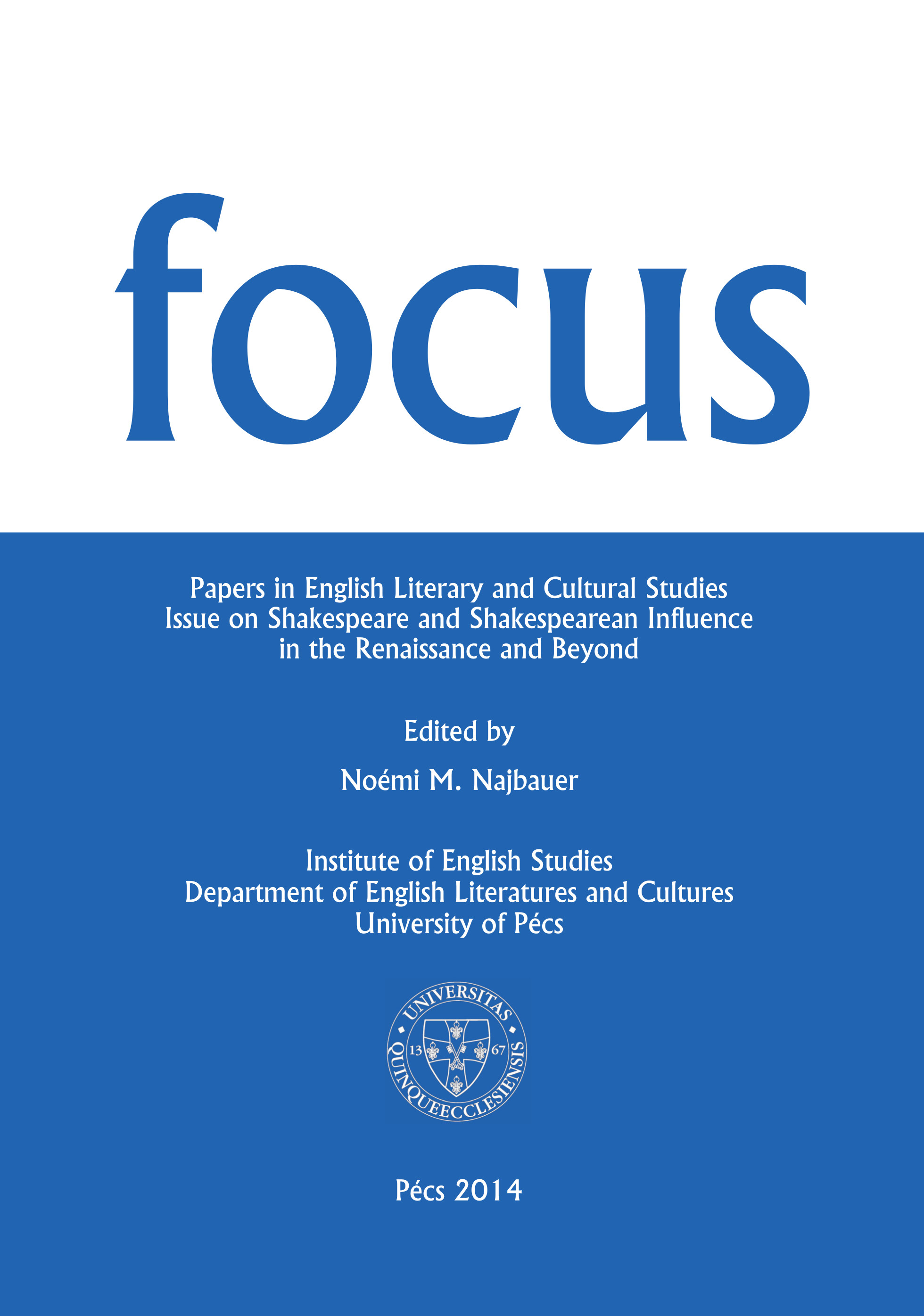The Survival of the Poetic Mode in Postmodern Filmic Language: Michael Almereyda’s Hamlet
Keywords:
Michael Almereyda’s Hamlet, filmic language, postmodernAbstract
In discussing Michael Almereyda’s Hamlet (2000) I am mostly concerned with the relationship between the Shakespearean text/language and the visual image as it manifests itself in the filmic language this adaptation uses. I intend to point out that unlike, for example, Kenneth Branagh’s screen versions of Shakespeare, which are characterized by an essentially realistic approach aimed at easing the translation of the Shakespearean text into the language of the cinema, Almereyda’s Hamlet, like the other postmodern filmic reinterpretations of the nineties, foreground the clash between the early modern text and postmodern mise-en-scène. By employing a kind of nonillusionistic, eclectic visual style these postmodern productions call our attention to the incongruities and defy conventional expectations of location, character, and narrative.
Downloads
Published
How to Cite
Issue
Section
License

This work is licensed under a Creative Commons Attribution-NonCommercial-NoDerivatives 4.0 International License.
FOCUS: Papers in English Literary and Cultural Studies follows the principles laid down by Creative Commons, which provides guarantees for the Author’s copyright while also ensuring that intellectual properties are made available for the wider public in a digital form. All papers submitted to the journal apply the following licence conditions (indicated on the journal’s website as well as in individual publications):
“© This work is licensed under a Creative Commons Attribution-NonCommercial-NoDerivatives 4.0 International License.”
You are free to:
- Share, copy and redistribute the material included in the journal in any medium or format under the following terms:
- Attribution — You must give appropriate credit to the Author, and indicate the original place of publication [FOCUS: Papers in English Literary and Cultural Studies, Issue nr., page numbers.].
- NonCommercial — You may not use the material for commercial purposes.
- NoDerivatives — You are not allowed to remix, transform, or build upon the material.
- The above conditions must always be indicated if the journal material is distributed in any form.
- The above conditions must always be met, unless a written permission signed by the Author and the Editor-in-Chief states otherwise.

